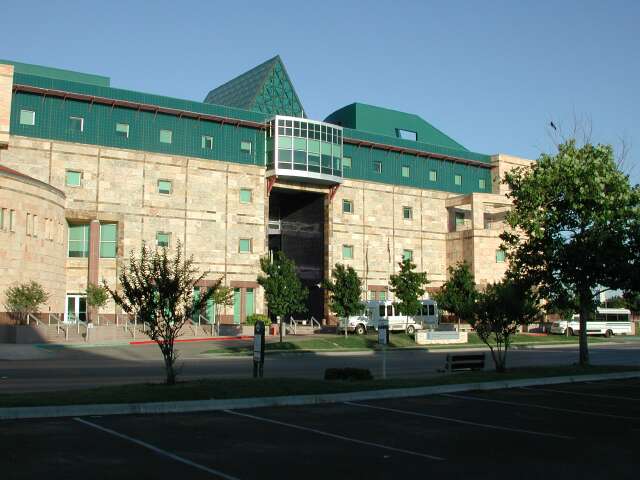I, J D Prasanna Deshapriya was fortunate to grace the occasion as an alumnus of AAA together with my colleagues. We managed to get into the school at about 6.30 pm after a 4-hour bus-drive from Colombo. The opening ceremony started at 7.00 pm and Mr. Sithum Gunarathne delivered the first lecture on Introduction to Observation Astronomy and there was an attendance of about 90 students as well.
Then after the dinner at 9.00 pm we had a small competition just like a guessing game and it turned out to be a fun activity while a lot of information, being shared among participants. After that was a lecture by Mr. Pulasthi Kanaththage on "Celestial Sphere" .Then we had a practical observation session as the sky was clear and participating students were educated on how to use the star map/chart. This observation session prevailed nearly for 1 hour and since the sky got into the type V (5), the participants were directed to lecture halls and they were taught on Telescopes, IYA 2009 , History of transformation of Telescopes, and prevailing IYA projects such as Globe at Night project & Galileoscope.

Then we arranged our telescope assembly project. Here, we divided the students into 5 groups and asked students to assemble a telescope which was provided to them. This was a great experience to amateurs, who had never even touched a single telescope. Since we had only 3 telescopes this seemed bit troublesome and however we managed to teach them how to assemble the telescopes step by step. All the telescopes were Newtonian reflectors with alti-azimuth mounting system.
Sooner sky again turned out to type II (2) and we went back into observation. I, myself captured few stars and got a lot of effort to capture Jupiter precisely as there was more light pollution around. The students, most of whom were juniors from grades 7 & 8 were astonished to see comprehensively the majestic Jovian planet with its four major satellites - Ganimede, Calisto, Europa & Io with telescopic aid.

Meantime we arranged a small competition to make the best Lunar lander model. They were provided paper, glue, scissors, sellotapes and an egg. The objective was to make the lander so that the egg would be inside and to have the egg survived,( in the sense not-broken) after having collided with the ground during landing. To build a ready-made landing site we selected a tall building and dropped each lander made by a group.
 It was really a fun activity and in terms of scientific approach, this determined the
It was really a fun activity and in terms of scientific approach, this determined theability of the designer of the craft
to think a bit about airfoil, air-drag, air-resistance, the geometric shape and even the concepts like center of mass, relative to its shape and phenomenon of free fall. In this case most of the crafts survived, since the ground was smooth and wet with fog overnight.

Eventually as the camping came to an end as the sun rays kissed the star-gazers from the southern mountain hills. The principal, tutorial staff, and of course the students shared a wonderful day in their life with a lot of joy and exciting knowledge of this sidereal science. This was one of immemorial nights in the 29-year old history of School.
This actually implied that a promising future would be lying ahead for the Astronomical Association of Seetha Devi Balika Vidyalaya, Kandy. Thus I can note that the Astronomy is now being popularized in this city of Temple of Tooth. In the end I take this opportunity to thank Mrs. Malalagama - the Principal of Seetha Devi Balika Vidyalaya-
 Kandy, the tutorial staff the Board of officials and members of respective Astronomical Association and parents of the school children and Sumudu Malalagama and her friends - Indeewari, Thelum & Tharini of Astronomical Society of Mahamaya Girls' College for their efforts in the success of this event.
Kandy, the tutorial staff the Board of officials and members of respective Astronomical Association and parents of the school children and Sumudu Malalagama and her friends - Indeewari, Thelum & Tharini of Astronomical Society of Mahamaya Girls' College for their efforts in the success of this event.
Furthermore it's worth saying that school has a great reputation over the island for its Hockey team. Seetha Devi Vidyalaya leads their way in school-based Girls' Hockey islandwide.
The Contributors
1. Pulasthi Kanaththage
2. Sithum Gunarathne
3. Hasitha Karunarathne
4. Madusha Dedigamuwa
5. Prasanna Deshapriya
6. Sanka Lakshan














































